I’m back home after a fabulous two weeks away — which included family time, hiking in a national park, exploring some terrific towns… and my daughter’s wedding!!!
I didn’t do a ton of reading in the lead-up to the wedding, but managed to squeeze in a few books and short fictions before and after.
Here’s a quickie wrap-up of what I read and enjoyed while I was away!
Storybook Ending by Moira Macdonald: A story of mistaken identity and missed connections in the loveliest of settings — a Seattle indie bookstore. Two different women believe they’re corresponding with the bookstore employee who sorts used books, leaving and receiving notes in a copy of The Hunger Games. However, he has no idea about any of this, and the women are actually writing to one another. This is a wonderful story about lonely people, new friendships, and unexpected connections. Quite a treat, especially for those of us who harbor (not-so-secret) fantasies of spending our days working in a cozy bookstore.
Rating:
Mansfield Park by Jane Austen: Seems a little silly to “review” an Austen novel! I’ll just say that this was my 2nd time around with this classic, and thanks to reading it with my book group, the experience was especially enjoyable. There’s always something new to discover with a Jane Austen book!
Rating:
Miss Benson’s Beetle by Rachel Joyce: Another book group book! The story of an unlikely friendship between a lonely middle-aged woman who sets out to fulfill her lifelong dream of finding a new beetle species, and the quirky, completely unqualified woman who comes along as her assistant. A gentle, heartwarming read about loneliness, friendship, and the strange ways in which purpose and connection can be found.
Rating:
And in case you’re wondering… here’s a golden beetle, similar (I think) to what Miss Benson searches for:
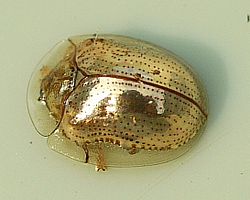
Two K-Pop books by Axie Oh:

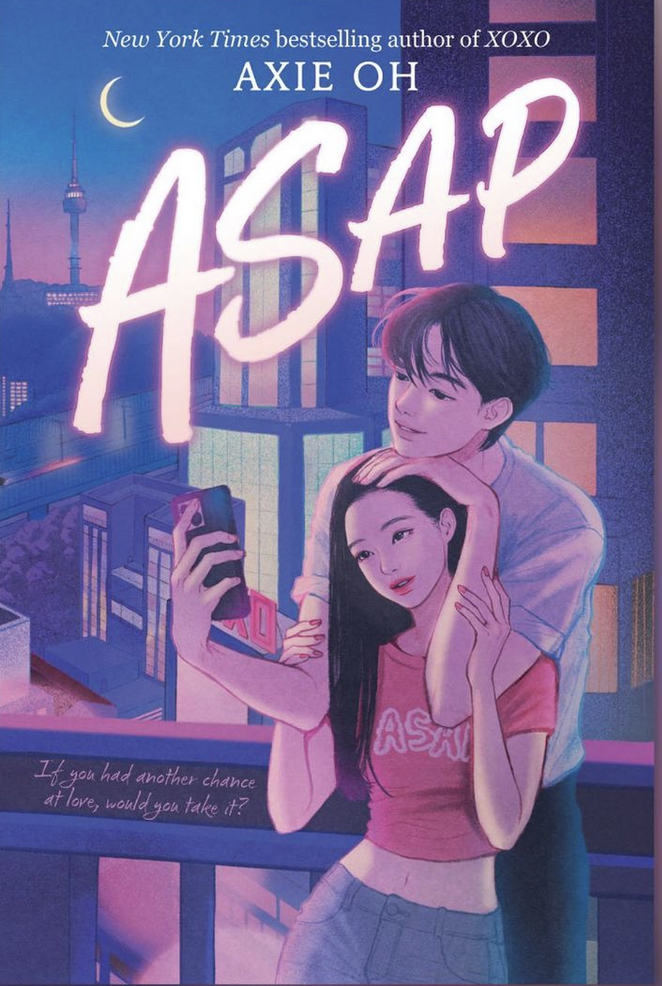
XOXO: The first XOXO book is a fish-out-of-water story about a Korean-American teen named Jenny, who has the opportunity to study music at an arts academy in Seoul — where her classmates include K-pop trainees and idols. When Jenny falls for one of the singers in the newly debuted group XOXO, she gets a crash course in the world of K-pop idols and the intensity of their high-profile lives. Jenny is a great character, and I loved her introduction not just to her love interest, but to the new friends she meets at the academy. Great family dynamics add to the story, and for me — a newbie when it comes to K-pop culture — this book was both entertaining and eye-opening.
Rating:
ASAP: The second book (of this two-book series) focuses on Jenny’s roommate and best friend, Sori — someone who’s been prepped since childhood to pursue stardom as an idol, but who realizes that might not be her true path to happiness. Family pressure and second-chance love come into play, as Sori is forced to navigate parental expectations, the high-intensity world of idols, and the potential scandal that romance with an XOXO star could entail. Sori is a lovely, energetic character, and once again, it’s quite fun to be immersed in this face-paced world.
Rating:
A series of audio shorts:
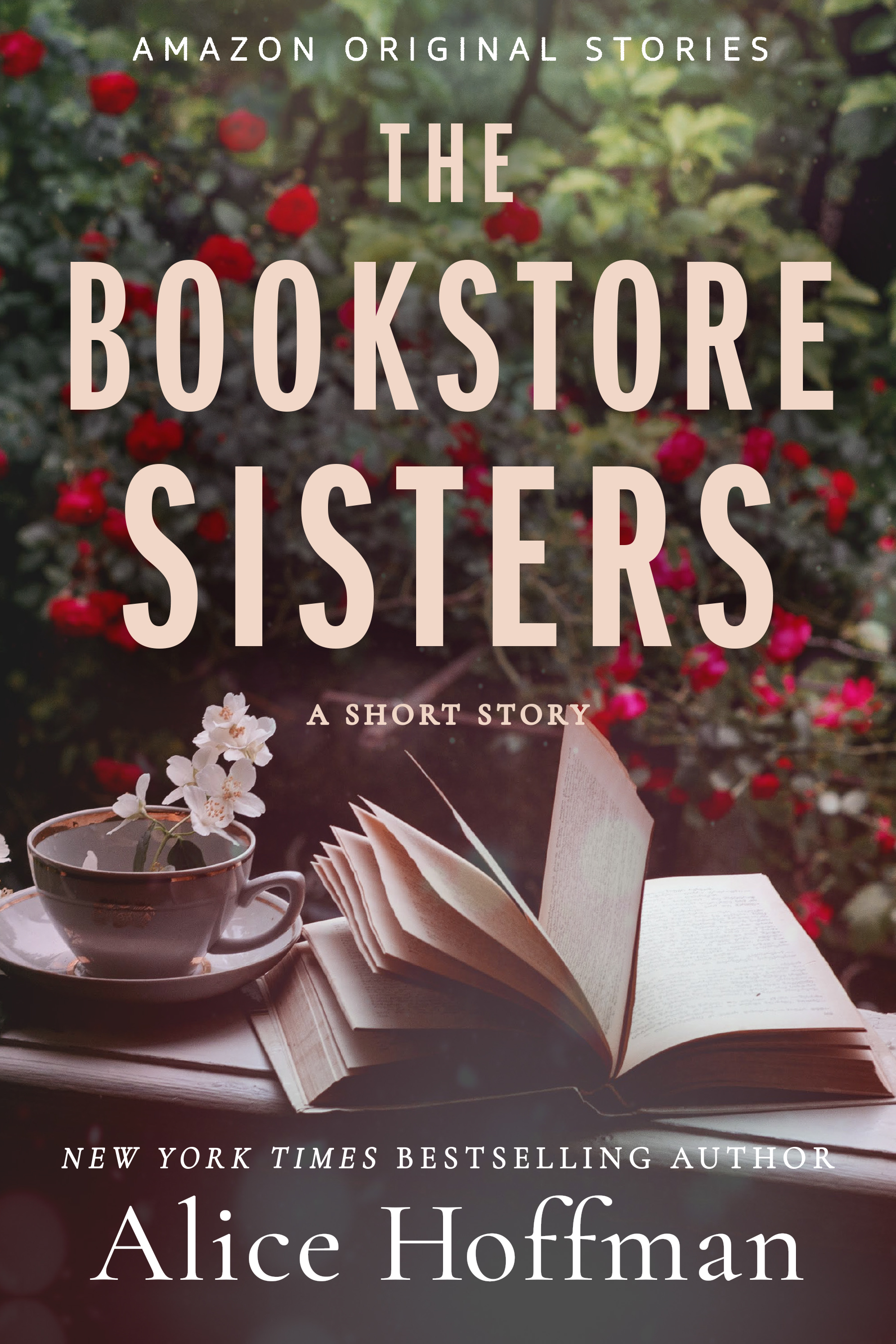
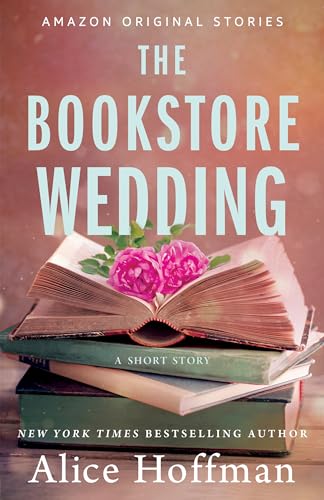
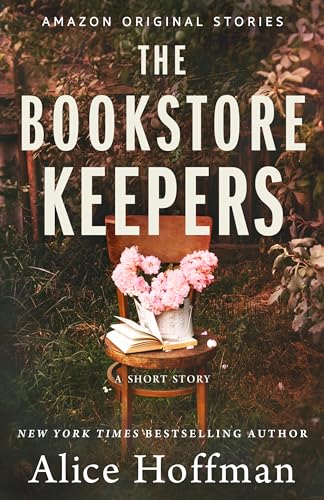
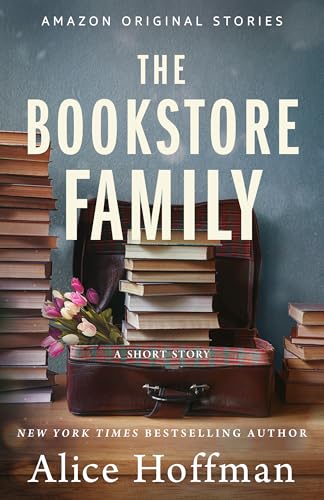
Once Upon a Time Bookshop Stories by Alice Hoffman: When I listened to the first book in this series, released in 2022, I enjoyed it, but felt frustrated by its length. The characters and setting are terrific — but at the time, I wished The Bookstore Sisters had been a full novel. I wanted more: more insight into the characters, more room for their relationships to grow, more backstory, more about the bookshop itself.
But now that there are four stories available (each about an hour’s worth of listening time), I’m happy to say that taken as a whole, they present a fully realized vision of a family, with an arc that covers years and various important milestones in the lives of the central characters.
The series focuses on two estranged sisters who reunite at the family bookshop in a time of crisis, and builds from there. As the series moves forward, they deal with joy and challenges and sorrows, and their relationship with one another, as well as with others they love, make this a rich, rewarding listening experience, full of heart and with a beautiful, emotional impact.
Rating:
Other audio shorts:
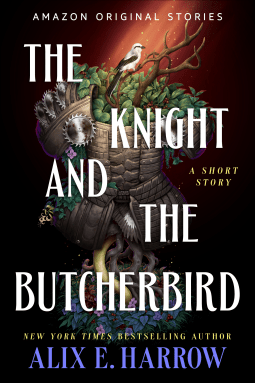
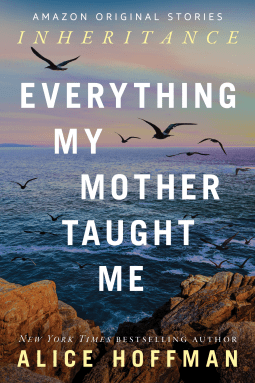
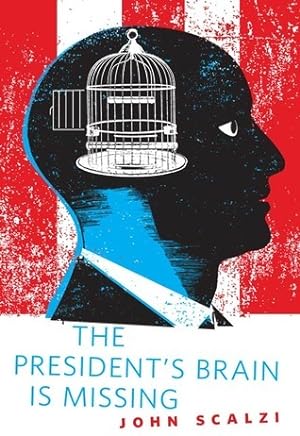
Because I was so busy for the first week I was away, my brain just couldn’t handle deep reading commitments or audiobooks that required concentration. These three audio shorts are all quite different in subject matter and tone, but each suited the moment really well for me! They’re all too brief to say much about, but I’m glad I listened to them — they provided just the distraction I need while driving and running around on errands!
That’s it for this wrap-up! I’m diving back in to my long list of ARCs and TBR books — and now that I’m back to my regular routine, I hope to have more time (and concentration) for reading!
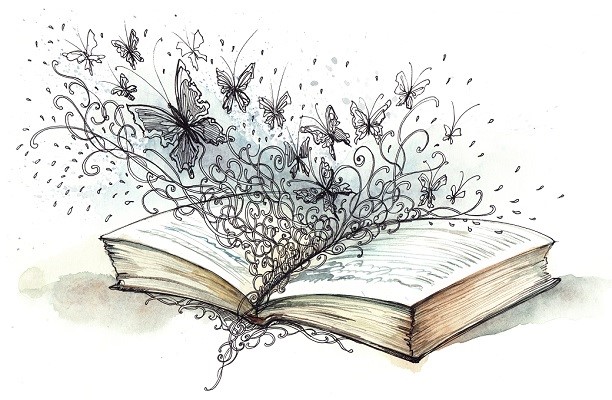
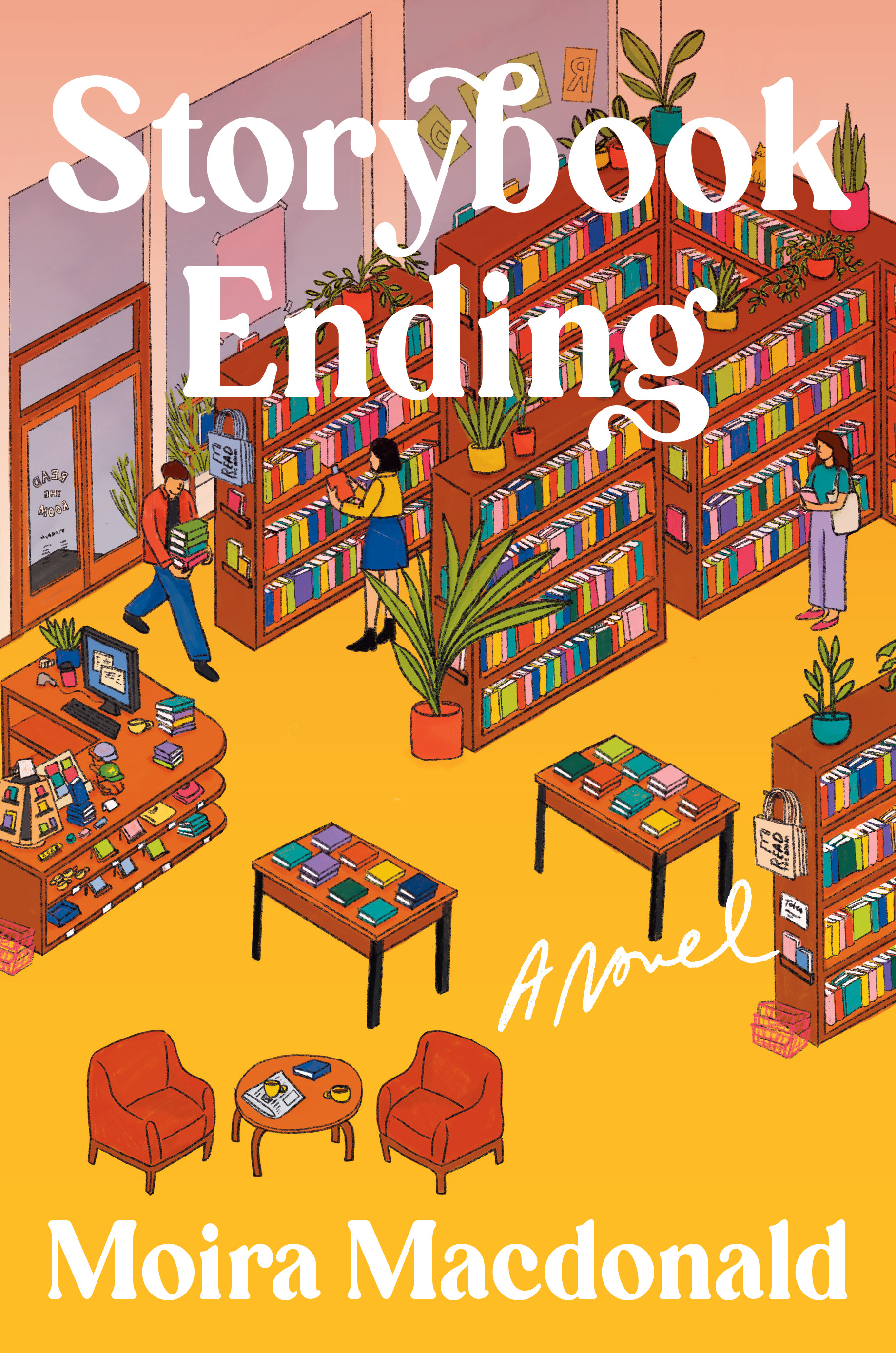

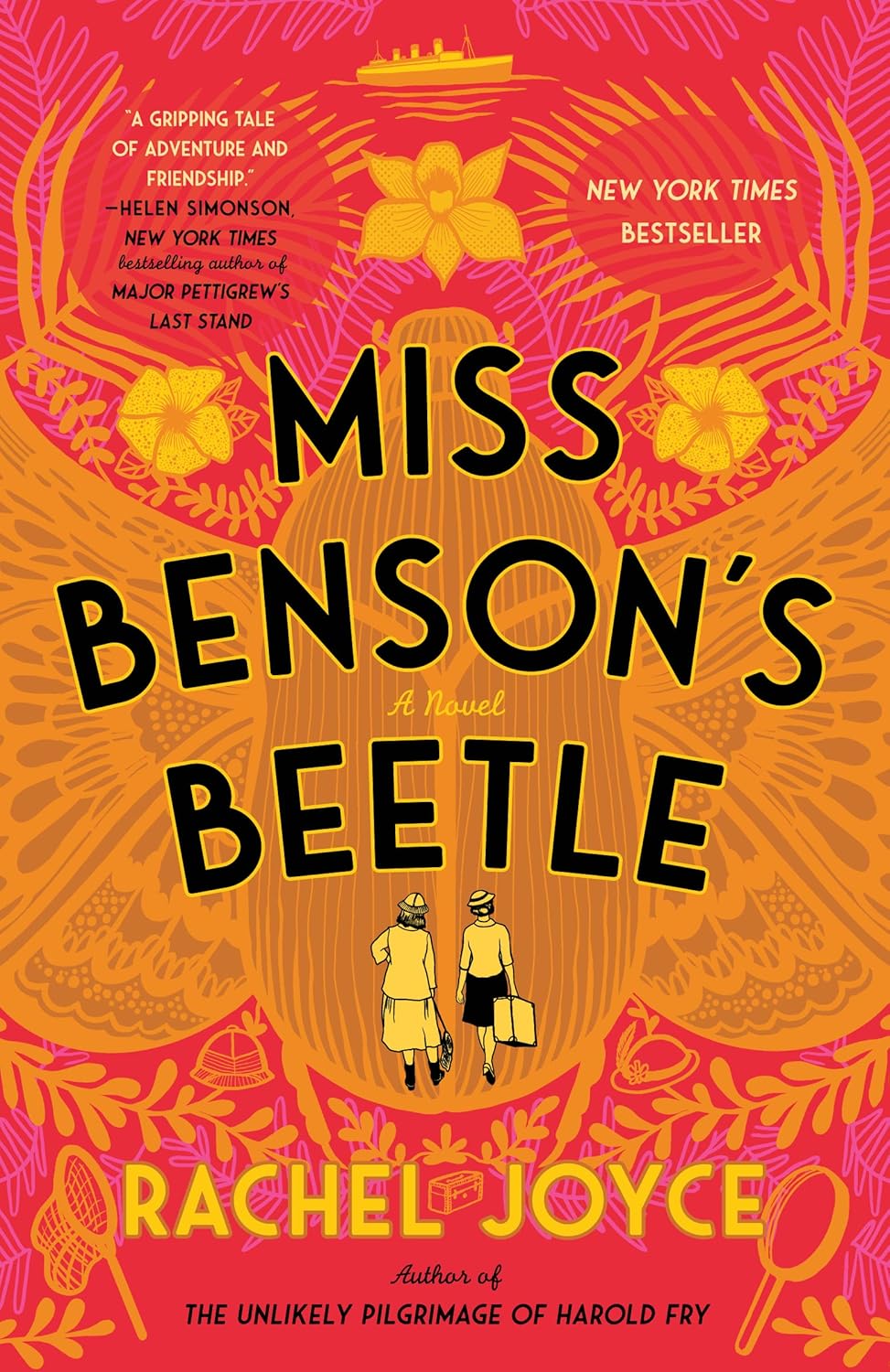
















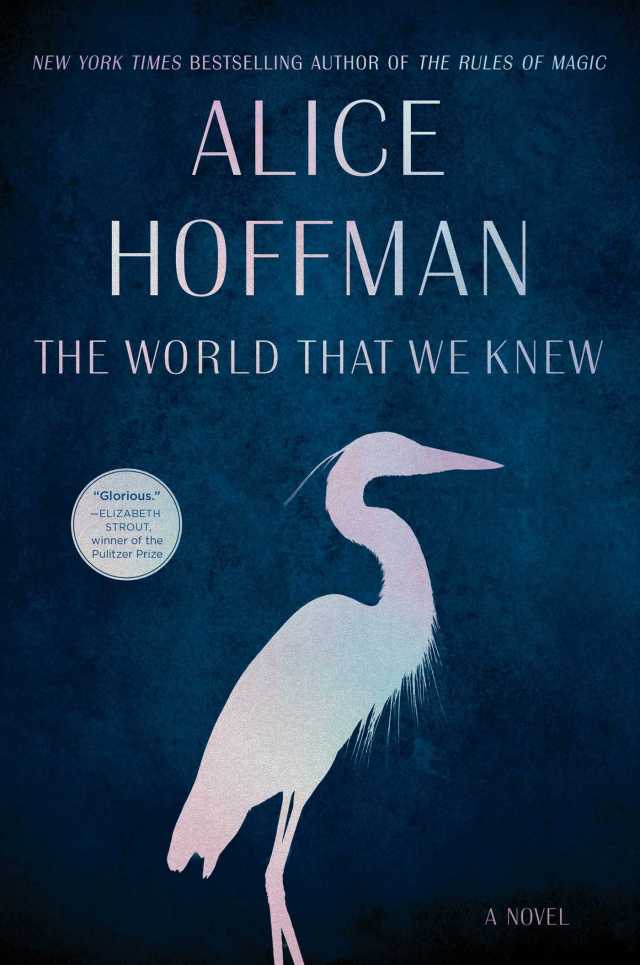

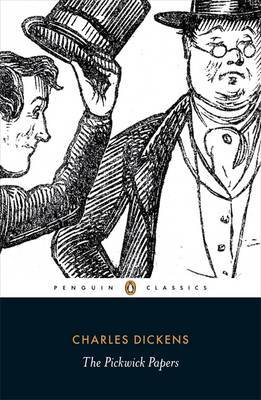



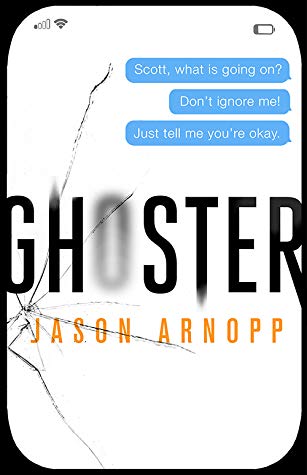
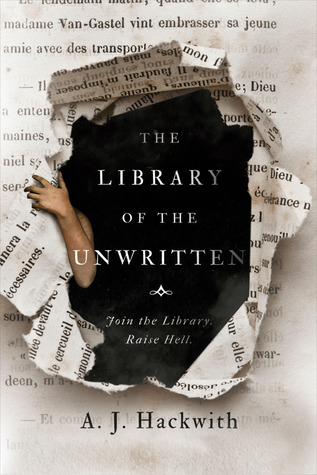
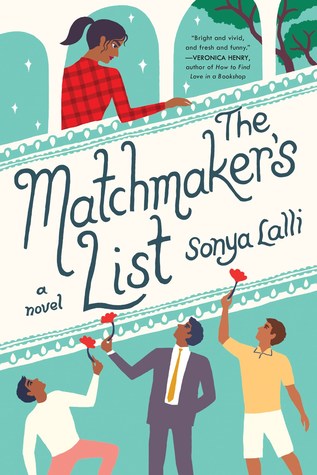

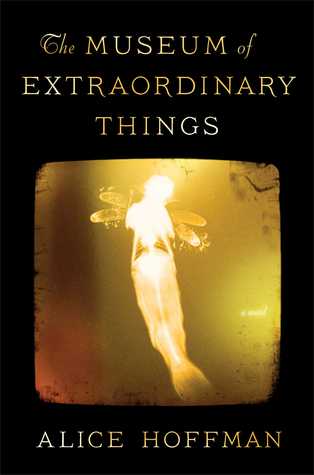
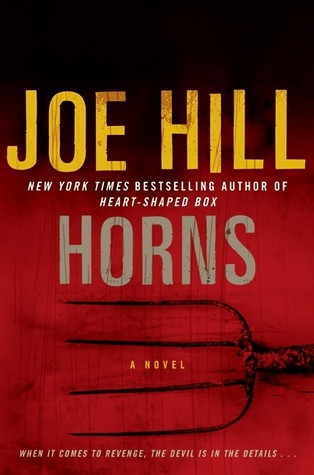 To get in the mood for Halloween, we’re picking a horror story for October. Can’t wait to finally read Horns by Joe Hill.
To get in the mood for Halloween, we’re picking a horror story for October. Can’t wait to finally read Horns by Joe Hill.

